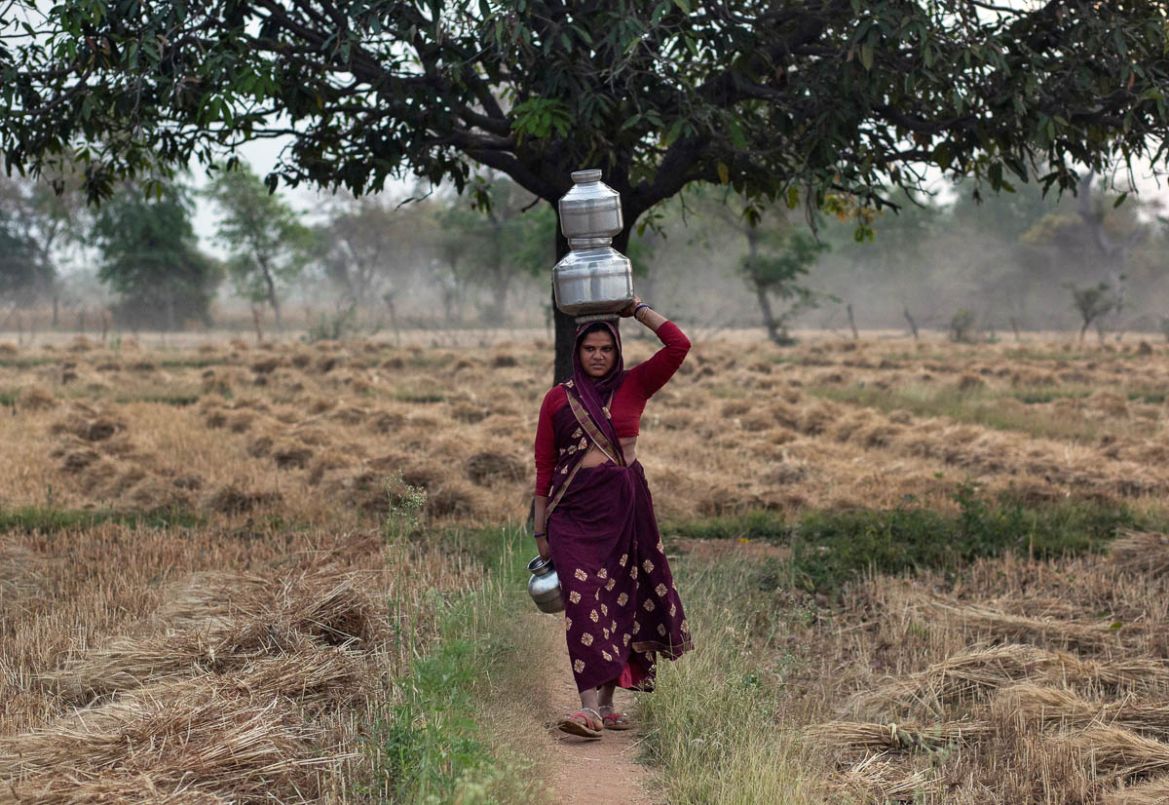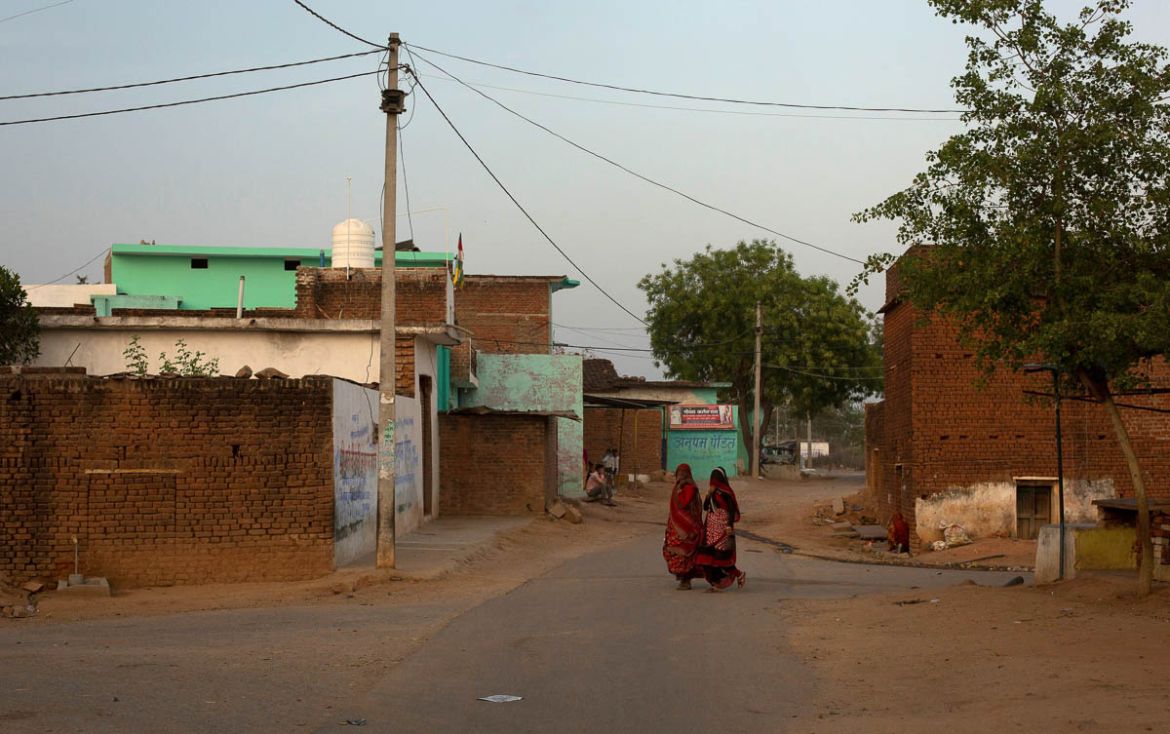In Pictures
In Pictures: The long road home for India’s migrant workers
Coronavirus lockdown sees tens of thousands of workers emerging from factories and workplaces in search of a way home.

As soon as India announced its coronavirus lockdown on March 24, tens of thousands of migrant workers in cities left for their homes in one of the biggest mass movements of people in the country since the partition of India and Pakistan in 1947.
For decades, villages across India have been emptying out. To many people, the decision is one of simple arithmetic: to earn $6 a day instead of $3 back home.
In areas like the parched Bundelkhand region in the central Madhya Pradesh state, home to construction worker Dayaram Kushwaha’s ancestral village, living off the land has become increasingly difficult as rainfall recedes.
Others seek something more abstract: the prospect of escape that pulls anyone towards a big city. But after the shutdown, the cities themselves began to empty.
Dayaram and his family were among the first to move.
As the days went on, and the situation became more desperate, thousands of migrants emerged from factories and workplaces in search of a way home.
Indian officials say the shutdown – the world’s largest – is necessary to beat coronavirus in the densely populated country of 1.3 billion people, with a health infrastructure that can ill afford a widespread outbreak.
But for Dayaram and many of India’s estimated 140 million migrant labourers, the epidemic is much more than a threat to their health – it endangers their very economic survival.
In the shutdown, India has banned domestic and international travel, and factories, schools, offices and all shops other than those supplying essential services have been shut. Taken together, the measures amount to one of the harshest lockdowns in the world.
Cases here have spiked to nearly 20,000, with more than 600 deaths. On April 14, the government extended the curbs until at least May 3, prompting clashes between police and migrants trying to leave India’s financial capital, Mumbai, and the western city of Surat.
Migrants, such as Dayaram, are the backbone of India’s urban economy, and a necessity for its rapidly expanding cities. Others clean toilets, drive taxis and deliver takeout.
They predominantly earn daily wages, with no prospect of job security, and live in dirty, densely populated slums, saving money to send back home.
That money is essential to the young and elderly left behind in villages. Approximately $30bn flows from urban to rural areas in India each year, according to government and academic estimates.
Now that infusion of money, transferred through rural banks or in worn stacks of rupees borne home on rare visits, has come to a halt.








